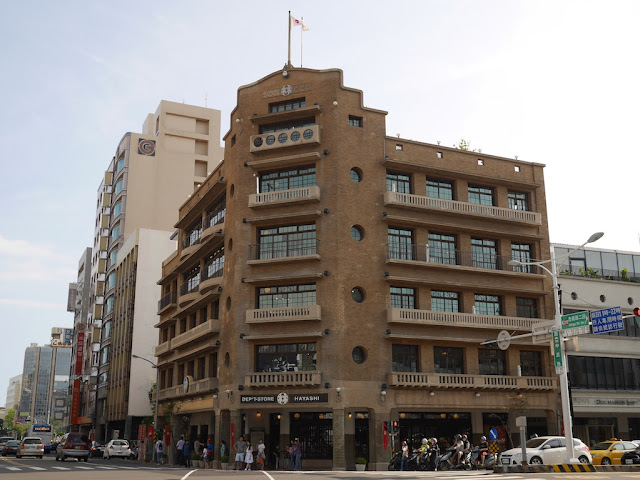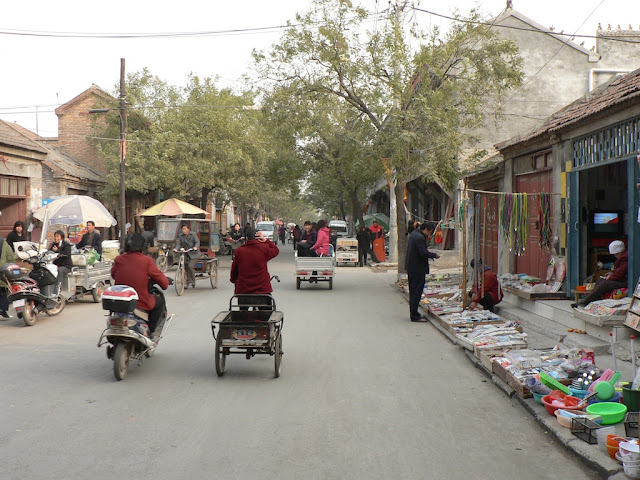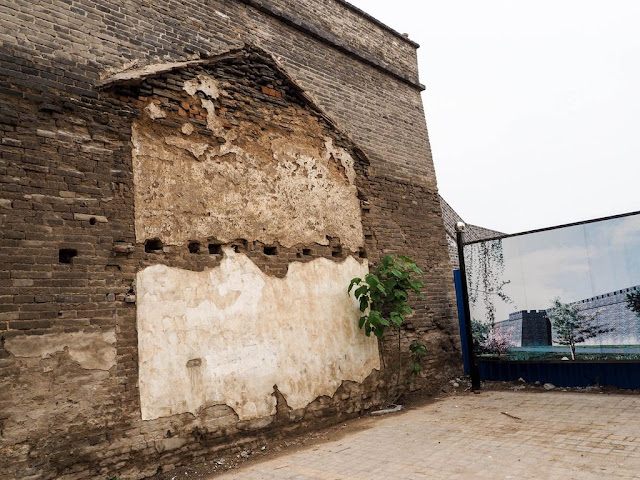 |
| "Hometown Love" ("鄉情") at Dongfanghong ("The East Is Red") Plaza in Yuetang District, Xiangtan, Hunan — not far from Mao Zedong's childhood home |
Today, May 16, is the 50th anniversary of the beginning of the Cultural Revolution. In the spirit of "never forget", here are links with excerpts to some recent pieces:
1. An in-depth multimedia account possible in Hong Kong but not in mainland China: "Cultural Revolution, 50 years on — The pain, passion and power struggle that shaped China today":
Fifty years ago today, China issued a top directive calling on its people to rid society of “members of the bourgeoisie threatening to seize political power from the proletariat” – marking the start of a decade-long violent class struggle.
For 10 tumultuous years from 1966, the country underwent massive sociopolitical upheaval that saw countless politicians and intellectuals driven to their deaths, civilians killed in armed conflicts, and cultural relics and artefacts destroyed. The official death toll numbered more than 1.7 million.
We detail the birth of the movement – Mao Zedong’s brainchild – and how the hardline political campaign shook the nation even as its effects rippled across the globe. Former Red Guards and rebels share their personal accounts of the difficult decade that the country and its people are still struggling to come to terms with half a century on.
2. "50 Years After the Cultural Revolution, a Son Awaits Answers on His Father’s Death":
The teenage mob threw the couple into the back of a truck and took them to a school where they were beaten with military-style leather belts, the favorite punishment tool of Red Guards; a jump-rope twisted into a whip; and shoes with nails jutting out, Ms. Liu later said. The mob then drove the couple to another school where the beating continued, including with iron rods.
The father, Chen Yanrong, 37, insisted that the landlord label was wrong; his family had long given up the property. But back then, the younger Mr. Chen said, “the more you denied something, the more you were beaten.”
As he lay in his own blood, Chen Yanrong begged for water. The students said no, and he stopped breathing soon after.
3. "‘Flesh banquets’ of China’s Cultural Revolution remain unspoken, 50 years on":
In 1968 a geography instructor named Wu Shufang was beaten to death by students at Wuxuan Middle School. The body was carried to the flat stones of the Qian river where another teacher was forced at gunpoint to rip out the heart and liver. Back at the school the pupils barbecued and consumed the organs. . . .
“Cannibalism? I was here then, I went through it,” a man named Luo told AFP. But Wuxuan has developed rapidly in recent years and now, he said, that history “has no meaning”.
4. "Maoists still a force 50 years after the Cultural Revolution":
In the ancient city of Luoyang, the old, the poor and the marginalized gather daily in the main public square to profess nostalgia for the political movement, downplaying that period's violent excesses. . . .
It was here in the plaza that Xu Xiaobin met a group of Maoist retirees who changed his thinking five years ago. That was before he was laid off from his 3,000 yuan ($460) -a-month machining job and condemned to a life of off-and-on construction work that has slowed to a trickle as the economy sputters.
"Even the word 'layoff' didn't exist" in Mao's time, Xu said, standing outside the state-owned gear factory that used to support his family of four. "You look on the Internet and there are people showing off their wealth. Then there are people like me, working under the sun in 40-degree (Celsius, 104-degree Fahrenheit) heat."
Born in 1974, Xu scarcely experienced China under Mao, whose death in 1976 started China's journey toward liberalization. But during childhood, Xu saw pictures of his laborer father, and was told he was respected, not denigrated.
5. "China marks 50 years since Cultural Revolution with silence"
No official memorial events were reported by China’s heavily controlled media and Chinese academics were forbidden from talking about the sensitive period. . . .
“I am shocked that after 50 years we still don’t have a complete report on the Cultural Revolution. It is a shame," [said Wang Youqin, author of Victims of the Cultural Revolution, a three-decade investigation into Red Guard killings].
The academic said she was convinced that ordinary people could make a difference by remembering and recording the events of that tumultuous decade.
“Things will change,” Wang said. “If we make the effort, if we tell the truth, people will listen.”
6. "'What mistake did we make?' Victims of Cultural Revolution seek answers, 50 years on"
Chen Shuxiang shakes his head when asked if he can forgive the teenagers who chained his father to a radiator and used an iron bar to bludgeon him to death. . . .
Chen is determined such atrocities will not repeat themselves and vows to use his final years to shed light upon the tragedy through his father’s story. Once his 12-year-old grandson is old enough, he will tell him the details of how his great-grandfather died.
“Nothing like this had happened before in all the 5,000 years of Chinese civilisation,” he says. “It can’t be allowed to happen again.”




































